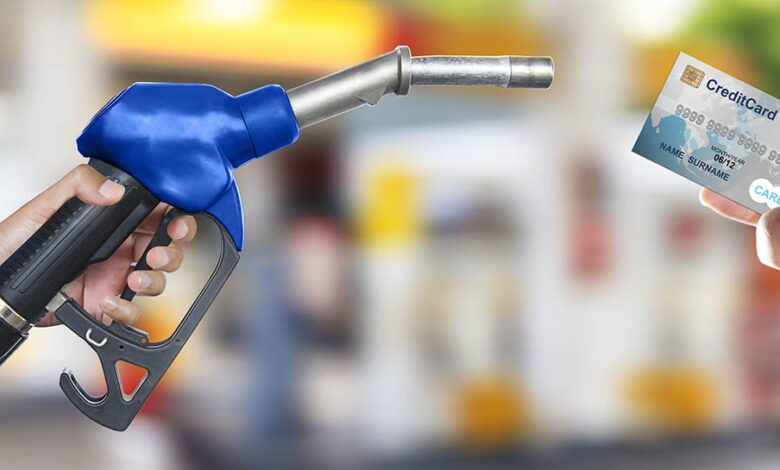Using Geofencing to Limit Fuel Card Use to Particular Areas

Integrating geofencing technology with the fuel cards management system is the first step towards implementing geofencing for fuel card usage.
In order to create virtual boundaries, this integration combines GPS data with the tracking mechanism of the gasoline card. Typically, the boundaries are established in relation to particular gas stations or regions where the cards can be used. The fuel card system can automatically validate transactions based on the card’s location in relation to these boundaries once the geofencing configuration is complete.
Precisely specifying the geofences is essential to the geofencing implementation process. Precise boundary setting is necessary to prevent possible problems with legal transactions. For example, an excessively thin geofence surrounding a gas station may unintentionally block legitimate purchases made close to the station but outside its immediate border.
However, if the geofence is very expansive, it can permit illicit transactions at points outside of its intended bounds. Therefore, it’s crucial to carefully prepare and modify geofence parameters to make sure they meet operational requirements and don’t annoy authorized users.
Configuring the gasoline card system to detect and enforce these boundaries comes next after the geofences have been configured. Usually, this entails adding location-based limitations to the authorization settings of the card. The gasoline card’s location is cross-referenced with the pre-established geofences by the system when it is provided for a transaction. The transaction is completed if the card is in an allowed area. The transaction is rejected if it is outside the permitted geofenced area, though.
Making sure that all parties involved in the geofencing implementation are aware of and trained on the new system is another crucial factor. Workers who use gasoline cards must to be informed about the geofencing limitations and how they impact their transactions. Users can avoid confusion and make sure they are aware of the authorized places for fuel purchases by ensuring clear communication and training. Additionally, maintaining seamless operations and quickly addressing any concerns can be achieved by offering assistance and resources to staff members who run into problems with geofencing.
The advantages of restricting gasoline card usage using geofencing go beyond improved security and expense management. Limiting the locations where fuel cards Australia can be used helps businesses lower their risk of fraud and illegal purchases. This guarantees that fuel expenses are in line with business objectives and also aids in safeguarding company assets. Furthermore, in ensuring that fuel purchases are done within the approved zones, geofencing can assist in upholding compliance with corporate laws and regulations.
Using geofencing to restrict gasoline card usage also fits with larger technological and data-driven management trends. The increasing dependence of businesses on digital solutions to enhance operational efficiency makes the integration of geofencing with fuel card systems a logical next step. It makes use of location-based technology to improve supervision and control.
In conclusion, there are a number of benefits to using gasoline card usage restrictions to specified locations using geofencing, including increased security, cost savings, and compliance. Companies can verify that gasoline cards are used only in approved locations and prevent unauthorized transactions by enclosing approved fuel stations or geographic areas with virtual barriers. The procedure entails setting up authorization settings, precisely establishing geofences, integrating geofencing technology with the fuel card for business management system, and providing continuous administration and monitoring. Careful planning, stakeholder engagement, and frequent updates are necessary for an effective deployment in order to guarantee that the system stays current and functional. Fuel card consumption may be better managed and overall control can be improved with the help of geofencing, which is a useful technology that organizations are adopting for operational efficiency.

